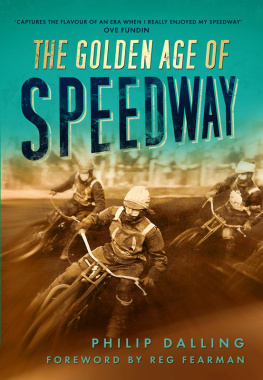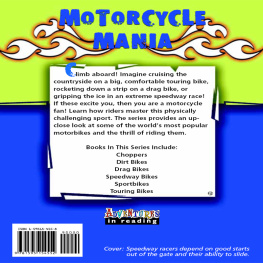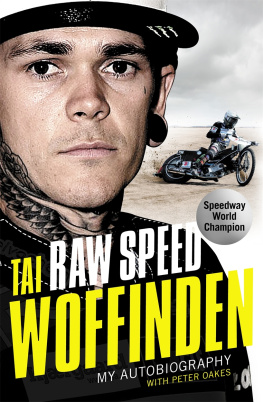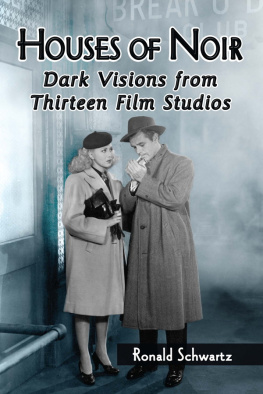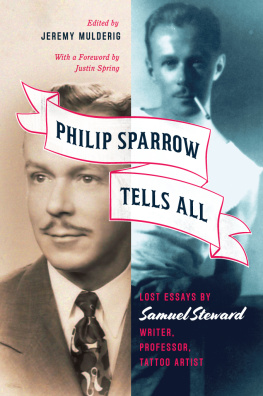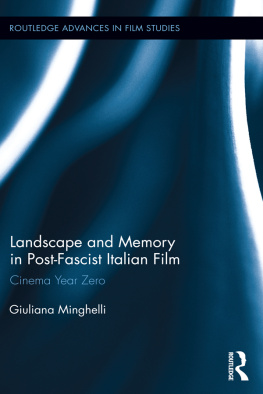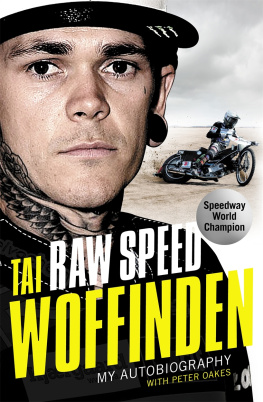THE GOLDEN AGE OF
SPEEDWAY

By the same author:
Nottingham and Long Eaton Speedway: 19281967
First published 2011
Reprinted 2011
The History Press
The Mill, Brimscombe Port
Stroud, Gloucestershire, GL5 2QG
www.thehistorypress.co.uk
This ebook edition first published in 2013
All rights reserved
Philip Dalling 2011, 2013
The right of Philip Dalling, to be identified as the Author of this work has been asserted in accordance with the Copyrights, Designs and Patents Act 1988.
This ebook is copyright material and must not be copied, reproduced, transferred, distributed, leased, licensed or publicly performed or used in any way except as specifically permitted in writing by the publishers, as allowed under the terms and conditions under which it was purchased or as strictly permitted by applicable copyright law. Any unauthorised distribution or use of this text may be a direct infringement of the authors and publishers rights, and those responsible may be liable in law accordingly.
EPUB ISBN 978 0 7524 9461 6
Original typesetting by The History Press
Foreword
T his Philip Dalling post-war speedway book is a must for all speedway fans, young and old. It chronicles the highs and lows of speedway racing throughout Britain during the period 1946 to 1957. You will not have read anything like it elsewhere it is an historical masterpiece.
It is a book that I have read with great fervour. It reveals the crippling injustices meted out by ministers in HM Government and the diligence by speedway promoters of that era to overcome the extraordinary circumstances set by those in power, which brought the sport to its knees through unfair taxation. You will also learn how speedway racing was a threat to the factory workforce.
Philip tells the story of the rise in popularity of our chosen sport and its near demise owing to circumstances beyond the control of the promoters during that era. He takes us through the years of three divisions, shrinking to just one division in latter years.
The hours of research to obtain the fullest detail do not bear thinking about. You will enjoy the short interviews with Freddie Williams, Ove Fundin, Bob Andrews, Reg Duval, Johnnie Reason, Geoff Bennett, Buster Brown, Cyril Roger, Harry Bastable, Ray Cresp and others, to learn how they looked at speedway racing as their chosen career, in a time when speedway riders were the highest-paid sportsmen in Britain.
I have always enjoyed reading of the invincible Vic Duggan and learning more about our sport, particularly when there were 37 speedway tracks and some 440 speedway riders, many chasing team places. Read of the skullduggery and the game of bluff performed by one club to get into the top league of the time they failed and closed the doors for ever. Read of the adverse effect that the 1953 Coronation of Queen Elizabeth II had on attendances. And by no means least, we find out about the competition from the introduction of stock car racing in 1954. You will learn of the shattering effect on the sport when Fred Mockford decided to close the doors on speedway racing at New Cross and also about the saviour for a short time of West Ham Speedway, when it could no longer keep going. There were Test matches galore and World Finals at Wembley. So much is so adequately covered by Philip, even to the death of Wembley Speedway, at the same time as the death of the Wembley chairman, Sir Arthur Elvin in 1957. Elvin was the man who bought the stadium after the Empire Exhibition and introduced speedway racing behind the famous Twin Towers.
Yes, it is a book with so many facets of the sport never told before. I enjoyed reading it immensely and know that you will too.
Reg Fearman
France, 2011
Preface
C harles Ochiltree, the distinguished promoter and administrator who spent nearly six decades at the heart of British speedway, always ascribed feline qualities to the sport he loved and served so well. Only something like a cat, he believed, could so often be squashed by fate and fortune and yet bounce back to life with undiminished energy and optimism.
Cats are the most inscrutable of creatures but undoubtedly build up a store of wisdom each time they recover from an almost fatal blow. Speedway has also learned many lessons over the years, allowing it to survive when extinction appeared to be the more likely prospect.
The decade after the Second World War was the most spectacular and colourful epoch in the history of speedway in Great Britain. It was an amazing roller-coaster ride which embraced rapid expansion, a brief period of relative stability, and an alarming decline. Thankfully, the later 1950s saw a period of solid retrenchment that allowed the sport to not only rebuild its strength but progress to a new era of prosperity in the 1960s and 1970s.
This book is concerned with the story of the boom and bust of the first ten years or so after the return of peace. It was a time when speedway was much more embedded in the national consciousness than it is today, and also a time when the star riders were probably the best-paid sportsmen of the day.
It has become fashionable for historians to indulge in revisionism, effectively reassessing previous judgements on eras and events. There is an element of historical revision present in these pages. The seasons in the late 1940s, when speedway enjoyed its greatest boom, were not always as uniformly golden as they are sometimes depicted. Many authoritative voices within the sport predicted a slump long before it actually appeared.
There was always a certain amount of famine amid the general feasting, with some tracks usually in the north of England unable to pay their way at a time when others were counting their attendances in tens of thousands. Sadly, with entertainment tax taking 48 per cent of the cash flowing in through the turnstiles through most of the era, few promoters were in a position to make the sort of investment in stadia and other facilities that might have spelled a healthier future for modern-day speedway.
Despite the undoubted problems the sport experienced in the latter part of the era under review, my research has confirmed a long-held suspicion that the bust element of the period, the so-called dark age of speedway, also needed reassessment.
It was in fact an era which many who were there at the time, both as riders and supporters, recall with great affection, a time when the careers of some of the sports greatest-ever riders blossomed, and when the surviving speedway centres provided high-class racing for still large and enthusiastic crowds.
Returning to Charles Ochiltrees cat analogy for speedway, I am not entirely sure how many of its lives the sport in Britain has used so far, as it creeps inexorably towards the completion of its first century of existence. I am, however, entirely confident that speedway racing, if not necessarily this particular fan and commentator, will be around to celebrate that great milestone in style in 2028.
Philip Dalling
Exmoor, 2011
Acknowledgements
T he greatest pleasure to be gained from researching and writing a book of this kind is the opportunity it affords to meet so many members of the speedway family. I have enjoyed visits to the homes of former riders and listened enthralled to their recollections of speedway days gone by. I am grateful to them for sharing their memories, loaning their photographs and other mementoes, and also in many instances to their families for hospitality received.
In particular thanks go to the following whose names are part of the history of the sport (and, where appropriate, to their families). They have courteously granted interviews in person or via the telephone and email, and patiently answered many queries: Harry Bastable, Geoff Bennett, James and Janet Bond, Barry Briggs, Peter Brough, the late Ivor Brown, R.A. Buster Brown, Howard Cole, Ted Connor, Brian Crutcher, Reg Duval, Ray Cresp, Danny Dunton, Reg Fearman, Ove Fundin, Peter Gay, Robert and Madeline Goldingay (re Lionel Watling), Colin Goody, John and Pat Hart, Eric Hockaday, Ian Hoskins, Ron Johnston, the late Louis Lawson, Hilda Lawson, Ivan Mauger, Leo McAuliffe, Ernest, Norah and Irene Palmer, John Reason, Cyril Roger, Eric Bluey Scott, Col Smith, Terry Stone, Ken Vale, Vic White, Freddie Williams, the late Jack Winstanley, George Winstanley, Peter and June Wrathall.
Next page
